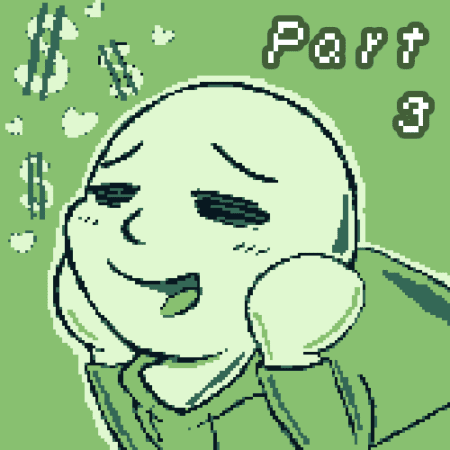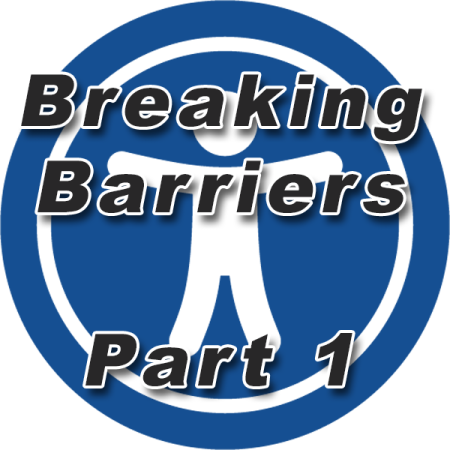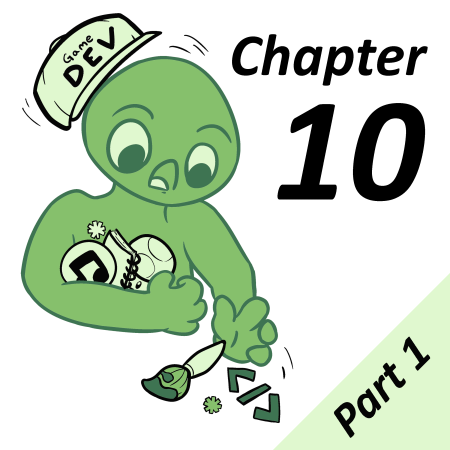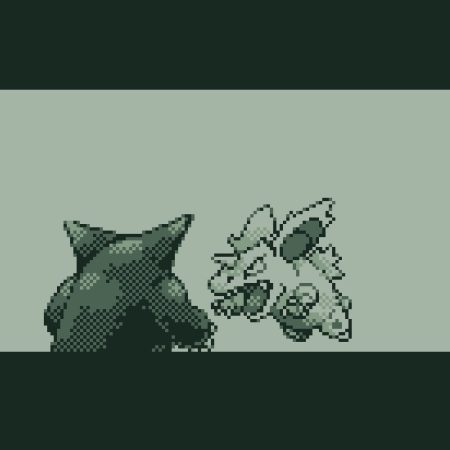In Part 2 of my “So You Want To Crowdfund?” series, I laid out all the considerations when it comes to deciding what your funding goal should be. That is however, only a small piece of planning your campaign, which leads us to the next area you’ll want to focus on:
Planning Your Campaign
Yes, figuring out all the costs of running your crowdfunding project and what your funding goal should be is a very important step when it comes to planning your campaign, but there is a lot more that goes into it. Here’s some of the areas you’ll want to plan for before you launch anything.
Timing
Deciding when to launch your campaign is important. The time of year shouldn’t impact the potential success of your campaign significantly, but first ensure you have enough time to plan and execute everything. Trying to run a campaign while managing other projects can be very challenging if you’re doing everything by yourself. It’s also important to consider any other projects that may be happening if you have other stakeholders or people on your team. If they are going to be focusing on their own works, you may not get the support you were hoping for. Finally, the duration of your campaign matters. Campaigns that extend for too long often lose momentum and fall short, but having it end too quickly may prevent people from being able to back the project due to financial obligations. Give people enough time to discover the project, and secure funding should they wish to support it (typically 3-4 weeks).
Playable Demo
This is a really good idea to have. Many devs have outright completed and released their game before crowdfunding a physical run. If you don’t want to give away the game for free beforehand, or want to keep the larger game a surprise, it’s a good idea to include a demo. Maybe it can be just the first few areas or a part of the game that works on its own. The demo should give players a taste of what’s in store so they can both be excited by the work and also be assured of your ability to complete a game. Unfortunately, many campaigns don’t deliver, so convincing someone to give you their money is easier if they aren’t concerned about your ability to deliver.
Video/Trailer
As the old saying goes, “a picture is worth a thousand words”, well a video is worth even more. This isn’t just some idiom, Kickstarter’s own Creator Handbook talks about how campaigns that feature a video are more likely to be successfully funded (sidenote, that whole guide is a worthwhile read, regardless of what platform you fund on). Putting yourself in front of the camera provides a way for potential backers to hear your story and connect with you. Making an impactful video that is engaging and brief is key, videos that are too long or try too hard to be entertaining tend to not engage with audiences as opposed to those that are more about informing potential backers of why they should back the project. If you have any parts of your game done or have any of the process work, it’s also great to incorporate that and show people the hard work that’s gone into a project.
Layout/Theme
Many crowdfunding sites allow for uploading of images to be combined with text for your campaign, use them! Think about what you are presenting to potential backers and what they can gather from your campaign just from the visuals presented. If your game is set in a specific locale or environment, use elements that evoke that. Often campaigns will be broken into sections that describe the different elements of the project (such as backstory, art, music, production…). Using visual headers for these elements is much more pleasing than simple text and it is easier to parse. Also, animations and movement are really captivating to viewers. If you can use a gif to show motion (like previewing your game play), then do so.
Tiers
This is an area that many devs are hesitant to include. “Hey, my game is good enough, why should I consider adding more tiers than just the game itself?” Let me be clear, it’s entirely possible to run a successful crowdfunding campaign with just one reward for backing, but you’d be surprised at what people are willing to contribute when they believe in a project, and also what some may want to have as collectables. Physical rewards are harder to implement, so if you can, keep your higher tiers to things that are easier to put into place within a digital realm. Production credits, having their likeness appear in the game, downloadable soundtrack, those kinds of rewards are easier to scale up and are often more profitable. You may also want to include a lower tier that’s more attractive for those who don’t have the financial means to back something larger – a public thank you or a digital download of the game are great additions to any campaign.
Look For Inspiration
For all of these steps, your best bet to see what works and what doesn’t is to check out other campaigns. Ideally, find ones that were successful, but it’s also helpful to examine ones that didn’t meet their goal and break down what didn’t work for their projects. Was there not enough information? Did they not convince potential backers that their project was going to be completed? Was their visual layout bland and unappealing? Comparing campaigns that were successful to poorer ones is a good way to avoid those pitfalls. If you can, reach out to other devs who ran successful campaigns and get their advice. You can usually have a preview for your campaign before it goes live too, so you can get some objective feedback on it. For my project, I worked on it for a solid month before launching, and I know others who’ve taken longer.
Marketing
This is a lot to talk about when it comes to this area of any crowdfunding campaign, so I’ll be saving this for next time. The more you can prepare for your campaign ahead of time, the easier it will be to follow through when it’s time to launch.
Hopefully this gives you an idea of what goes into planning a campaign. The next article in this series discusses Marketing your crowdfunding campaign, which should be planned out well before your launch.

Audio Engineer, Mac Technologist and Video Game Developer. Managing Editor of GBStudio Central. (he/him)





